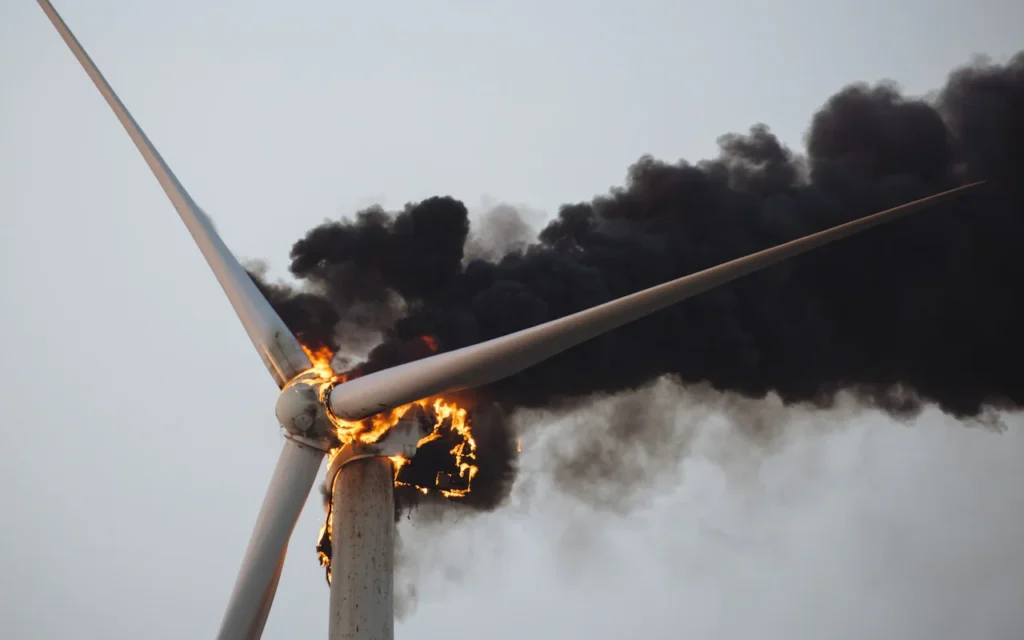Aslow-motion collapse in the offshore wind industry continues to grow as sticky inflation and supply chain challenges force developers to delay or cancel major projects. In particular, progress towards the Biden administration’s goal of building large amounts of floating wind off the northeastern US coast is just about stalled.
This latest bad news for offshore wind could become especially troublesome for US President Joe Biden’s re-election campaign, since he has invested so much of his personal political capital in pushing a major buildout of floating offshore wind in the Atlantic northeast. A 2023 Department of Energy fact sheet sets the administration’s goal of installing 30 GW of offshore wind capacity by 2030 for the US alone, exceeding Westwood’s just estimated potential for global new capacity by that year by a factor of 10 times over.
To date, regulators under Biden have approved permits for 6 major offshore projects, several of which have already been delayed or cancelled by developers in response to tougher economic factors. In late 2023, major Danish wind developer Orsted cancelled two projects off the Atlantic coast, and Shell divested its 50 per cent stake in another in March of this year. Equinor and BP announced in January they were cancelling plans for their Empire Wind 2 project, citing similar economic concerns.
One US offshore project, Vineyard Wind 1, was able to begin delivering its intermittent 25-30 per cent of 68 megawatts (MW) to Massachusetts residents in January with the activation of 5 offshore turbines. The South Fork Wind Project was also able to commence first deliveries into New York in March, with 12 turbines capable of generating some proportion of 130 MW.
But this is less than one per cent of the Biden goal of 30 GW, with just five and a half years remaining until 2030. Given the wind industry’s insatiable appetite for ever-increasing subsidies and constantly rising utility charges, it’s an open question how many more billions of dollars the federal government will be allowed to print to keep projects alive before the voters start to rebel at the cost.
It’s a rebellion that could commence as soon as this coming November.


Shell, which invested in a series of offshore wind projects in recent years, including offshore the northeastern United States, announced last week it would lay off much of its offshore wind business staff as the oil giant advances its program of refocusing on its core oil and gas business.
“We are concentrating on select markets and segments to deliver the most value for our investors and customers,” a Shell spokesperson told Bloomberg. “Shell is looking at how it can continue to compete for offshore wind projects in priority markets while maintaining our focus on performance, discipline and simplification.”
Wind turbine maker Siemens Gamesa announced even bigger layoffs, saying it would cut 15 per cent of its global staff to adjust to a slowing market. The announcement comes after the company reported a €4.6 billion loss for 2023, a losing trend that has continued over the first half of 2024.
“Our current situation demands adjustments that go beyond organizational changes. We have to adapt to lower business volumes, reduced activity in non-core markets, and a streamlined portfolio,” said outgoing CEO Jochen Eickholt in a letter to staff.
On May 29 came survey results compiled by London-based energy consultancy Westwood indicating the global floating offshore wind industry is likely to deliver less than 3 gigawatts (GW) of new floating generation capacity by 2030, and a total of roughly 10 GW by 2040. Westwood cites lack of standardization of floating technology (55 per cent), manufacturing capability and capacity (51 per cent) and port infrastructure (50 per cent) as the primary impediments.
In light of the industry’s gloomy outlook, Westwood notes that “calls are ringing out for governments to provide more specific policy and regulatory support for technology development in addition to cost reduction and investment in port infrastructure to accelerate adoption.”
This is completely predictable, since the voracious rent-seeking wind business invariably calls for more government largesse in response to any challenge that arises. Unfortunately, the call is too often answered by policymakers who have made big political bets on being able to show off arrays of mammoth windmills floating atop various oceans and seas, intermittently producing some electricity – generally 25-30 per cent of nominal plant capacity over time.